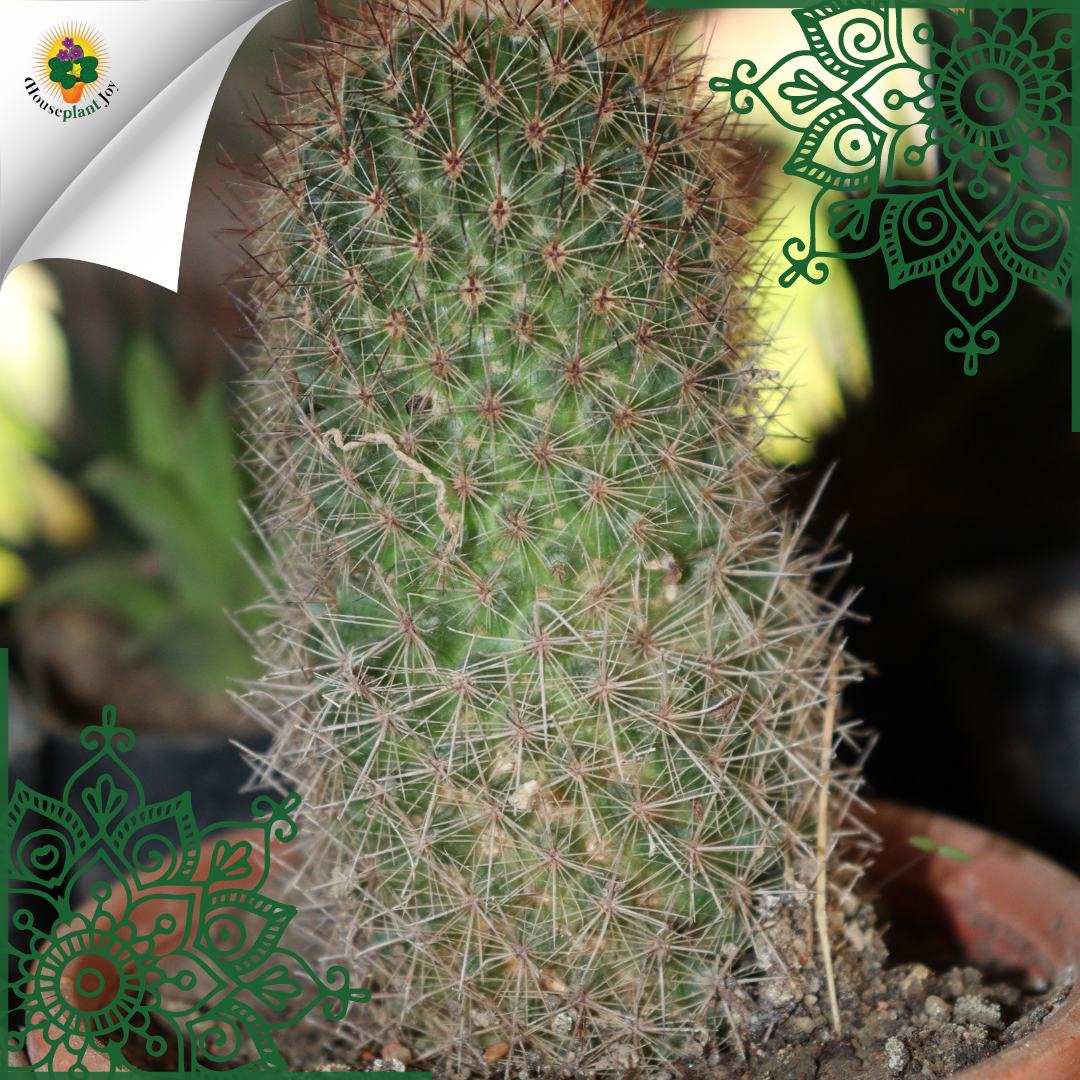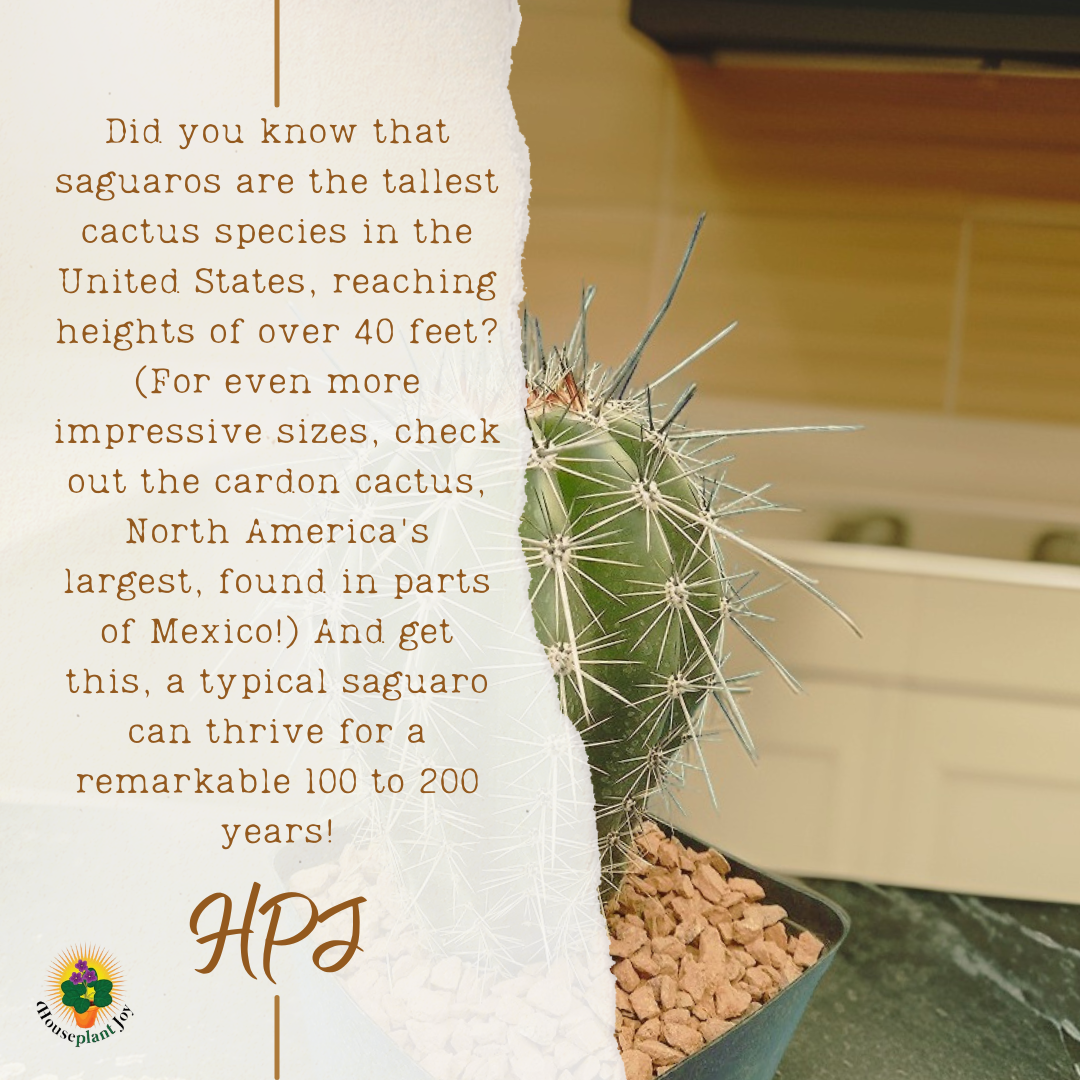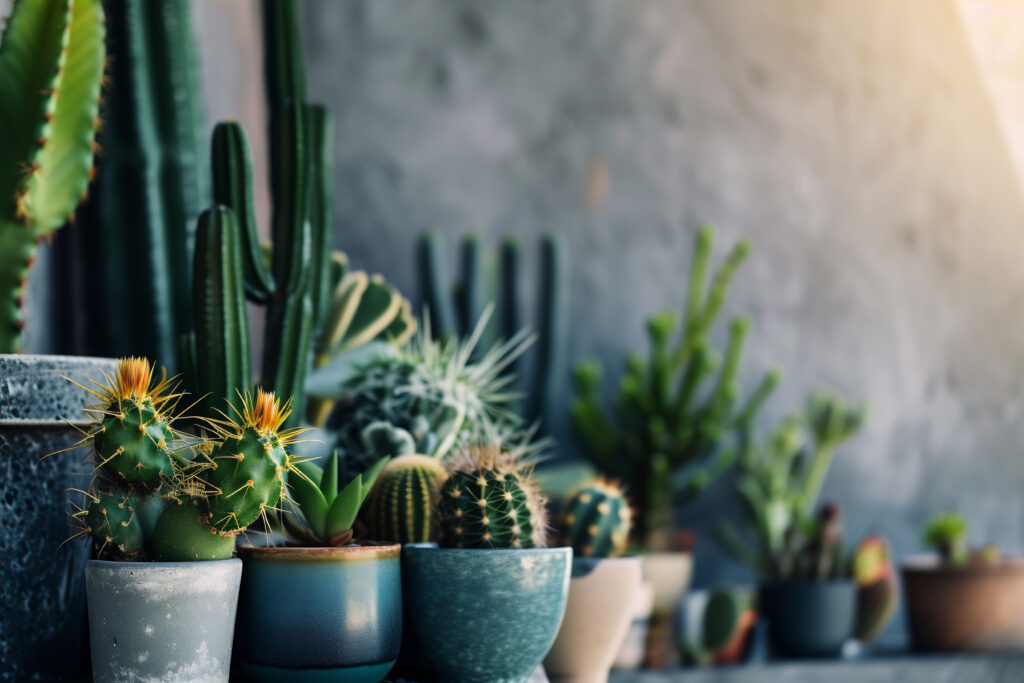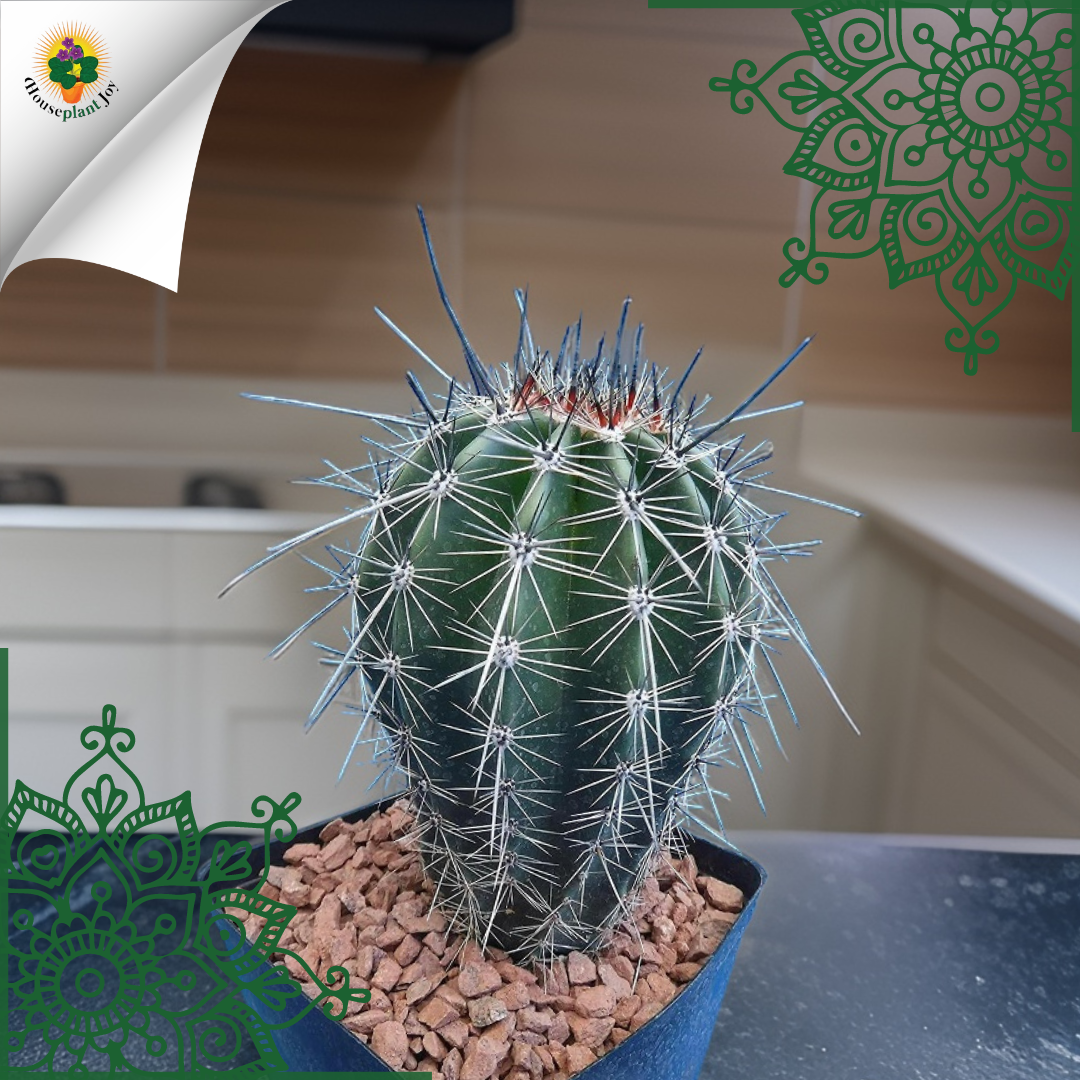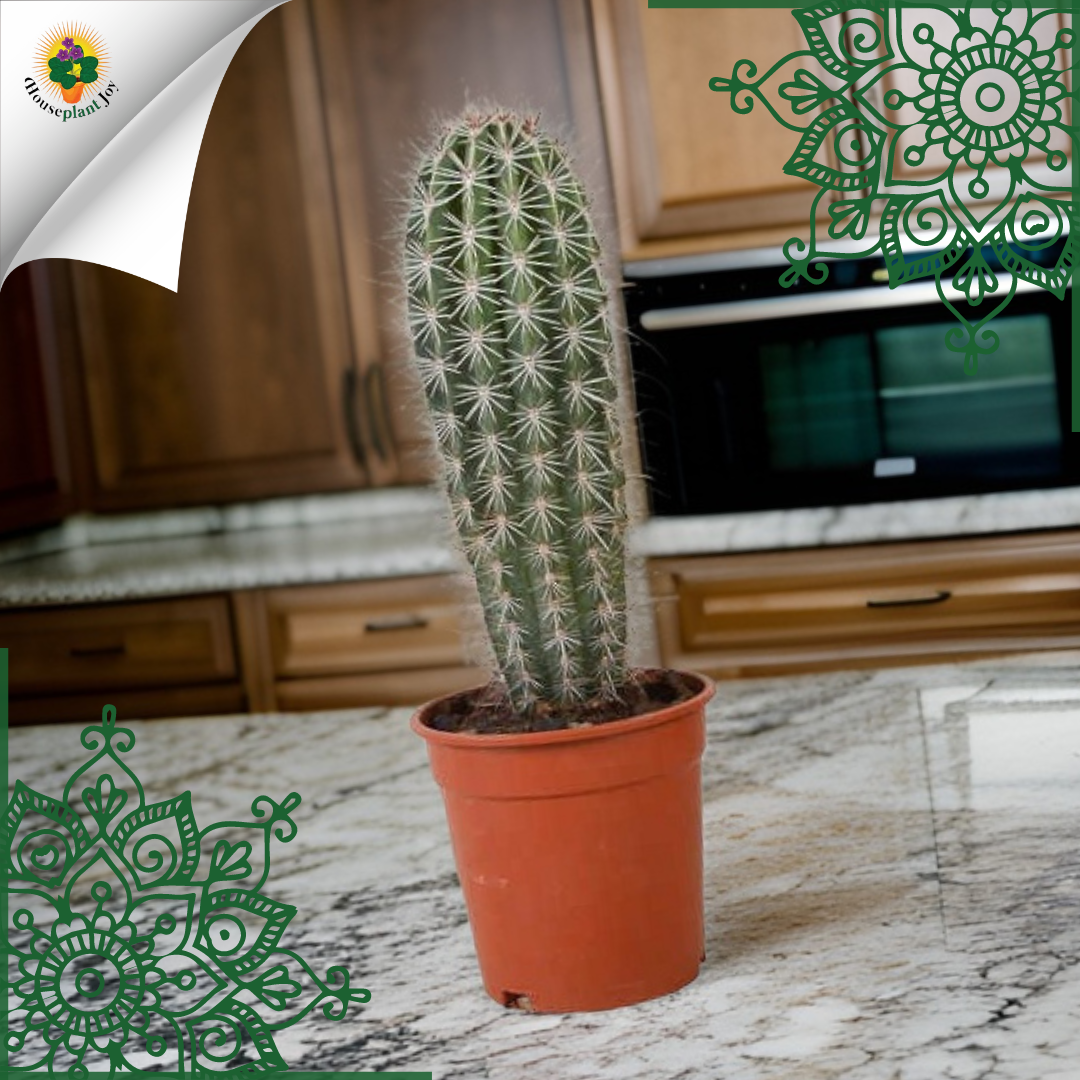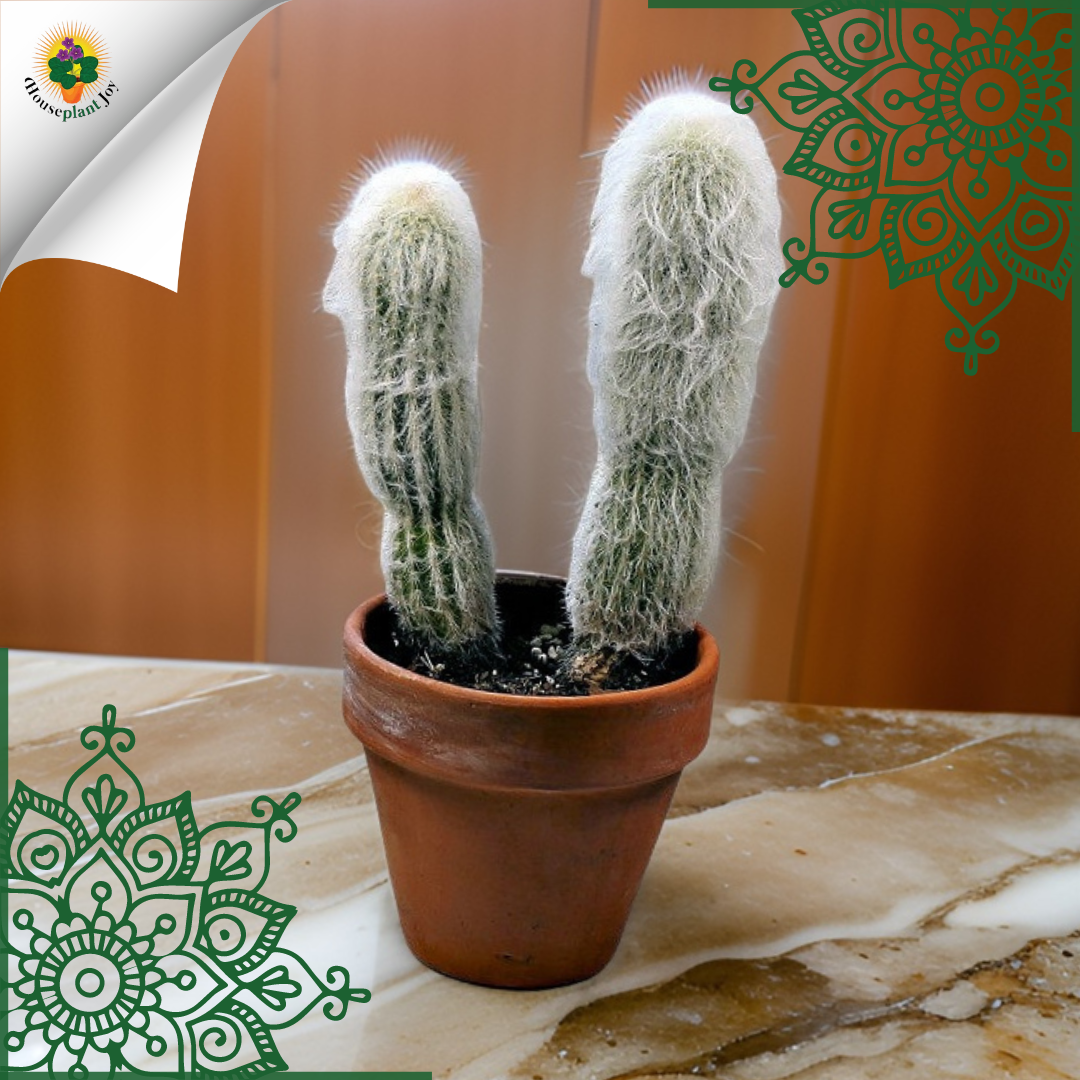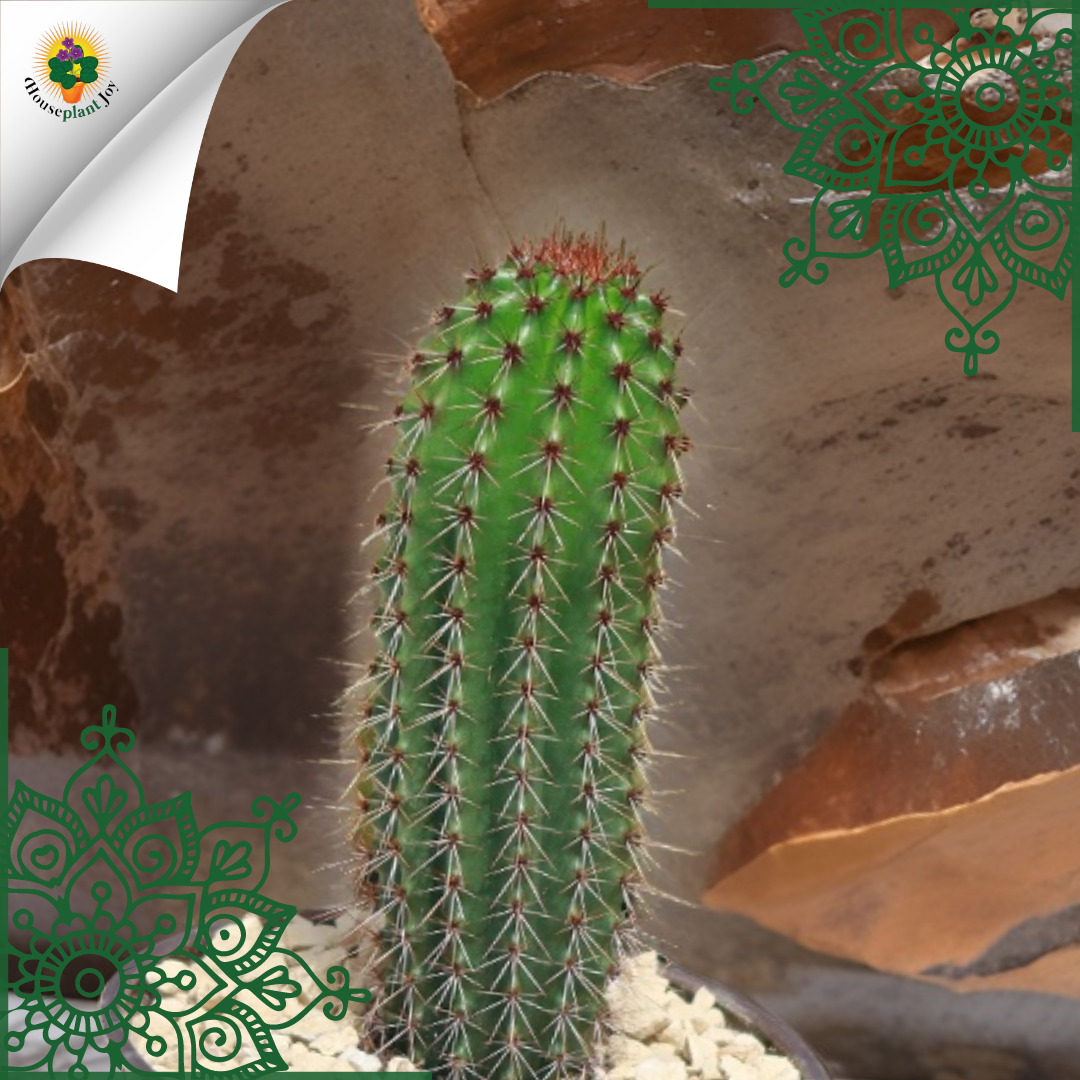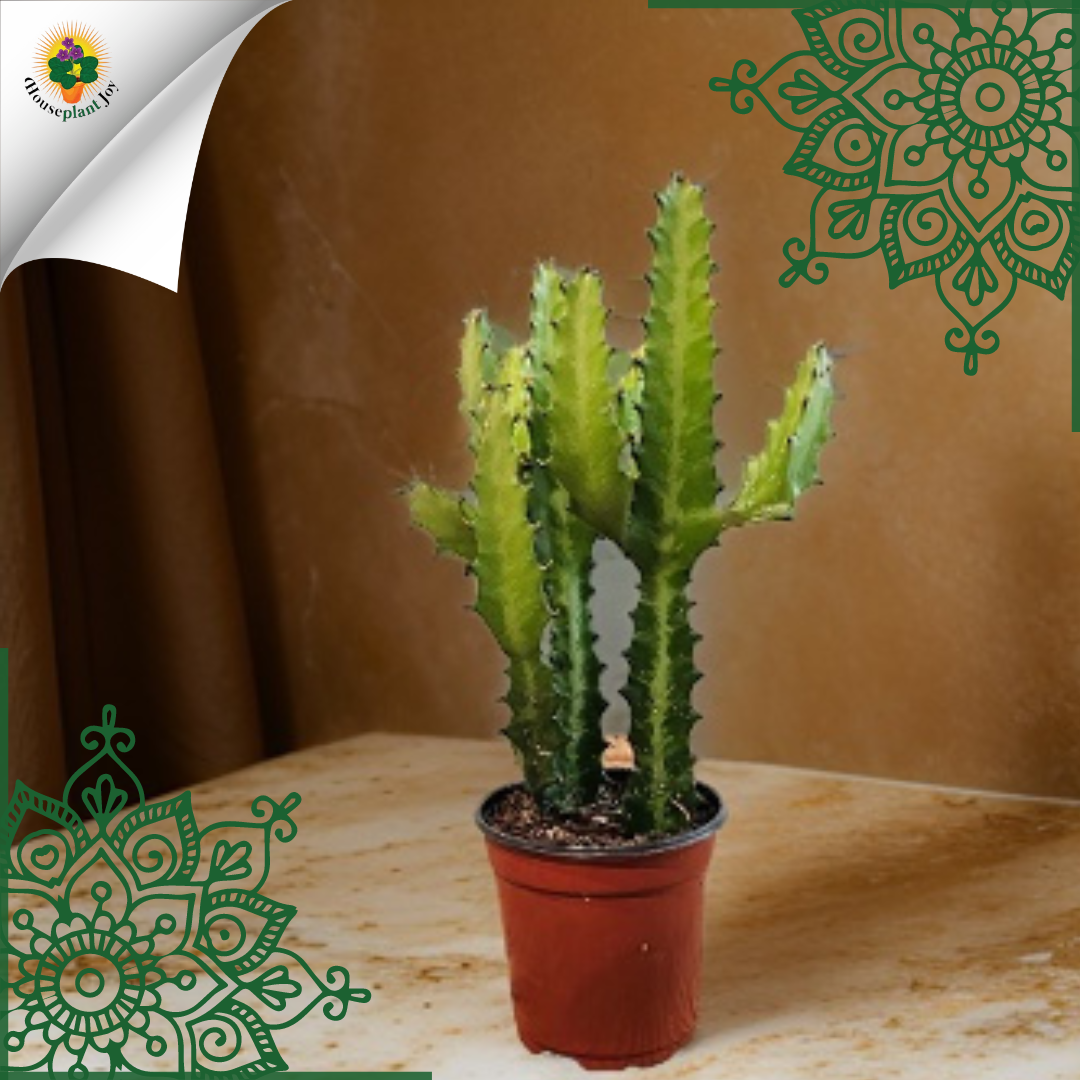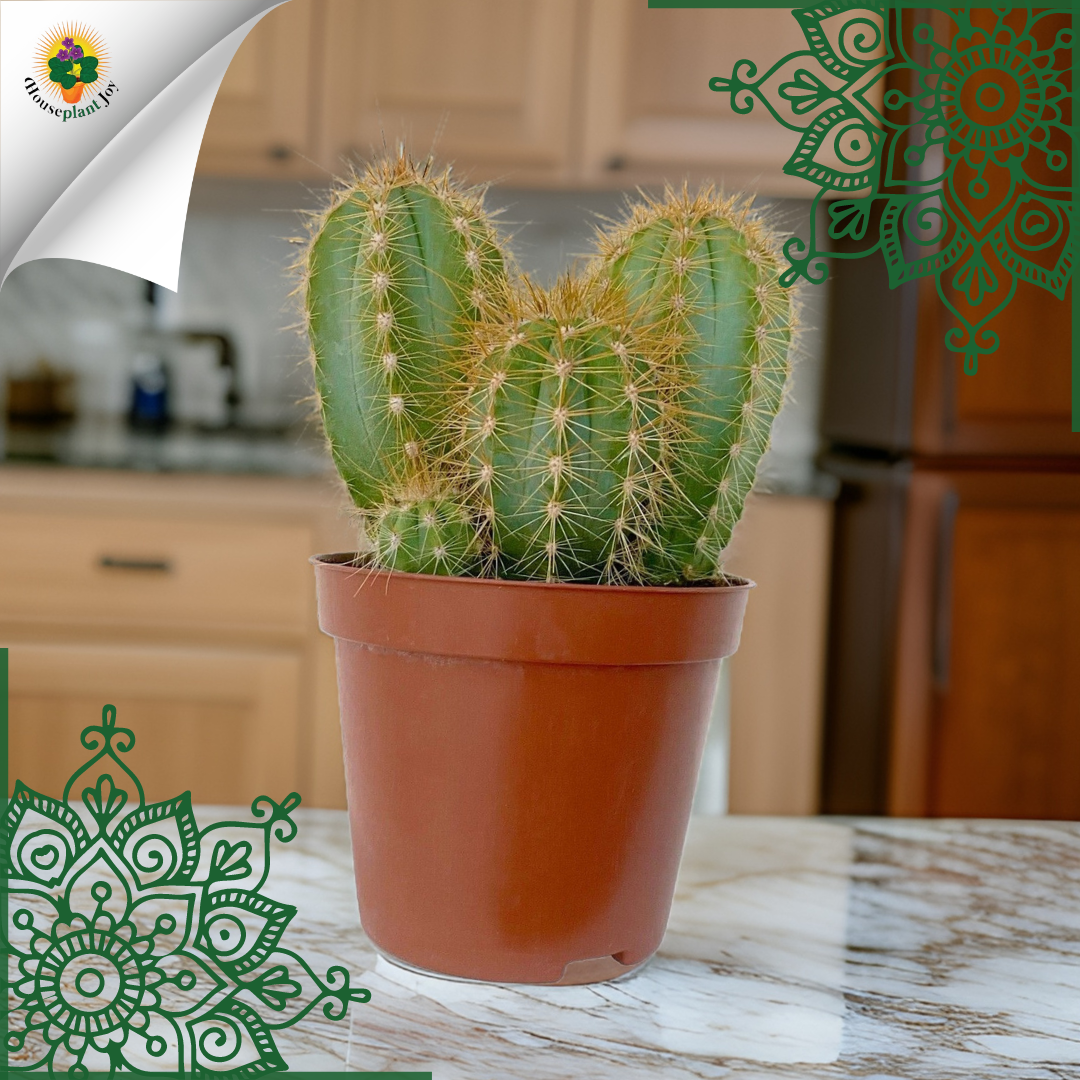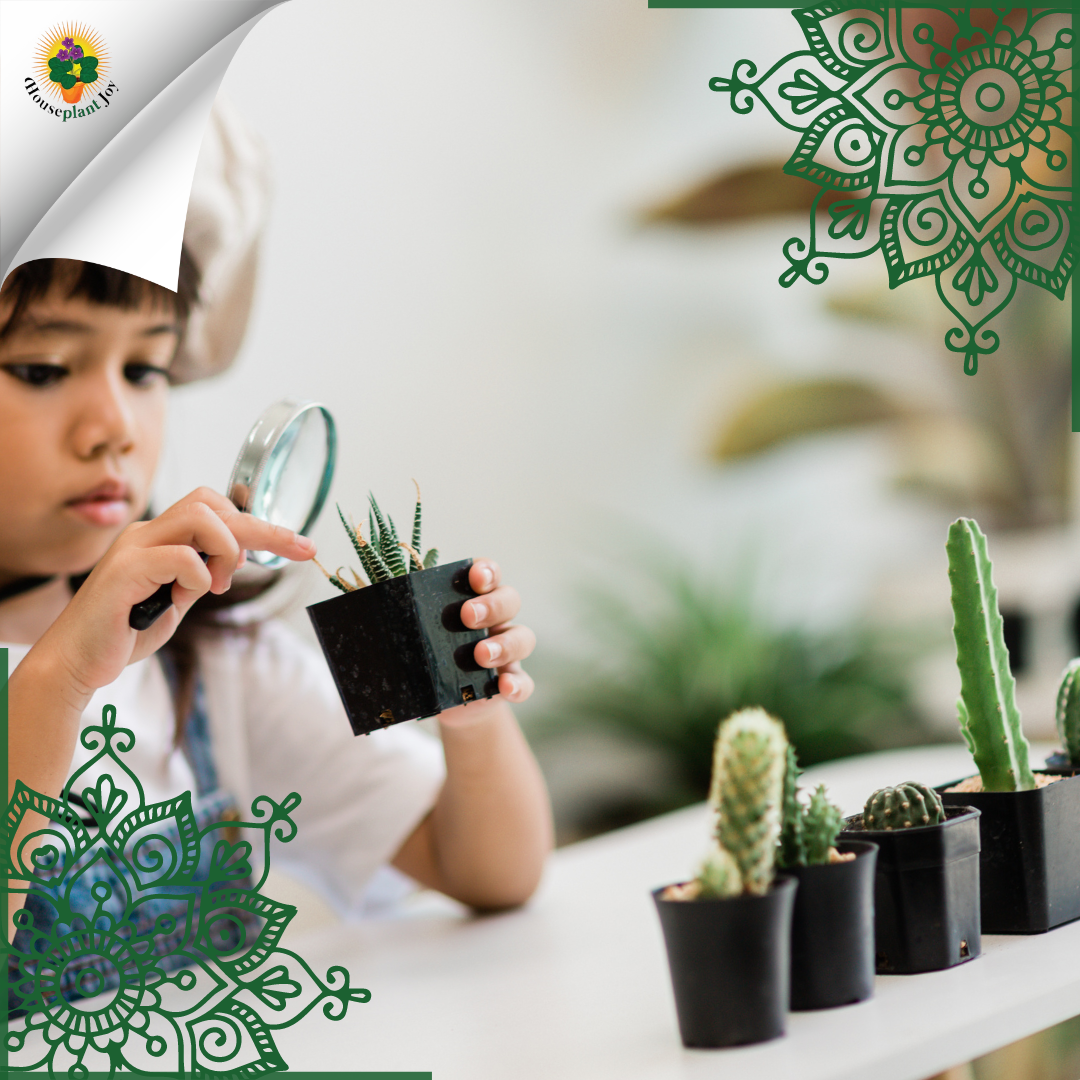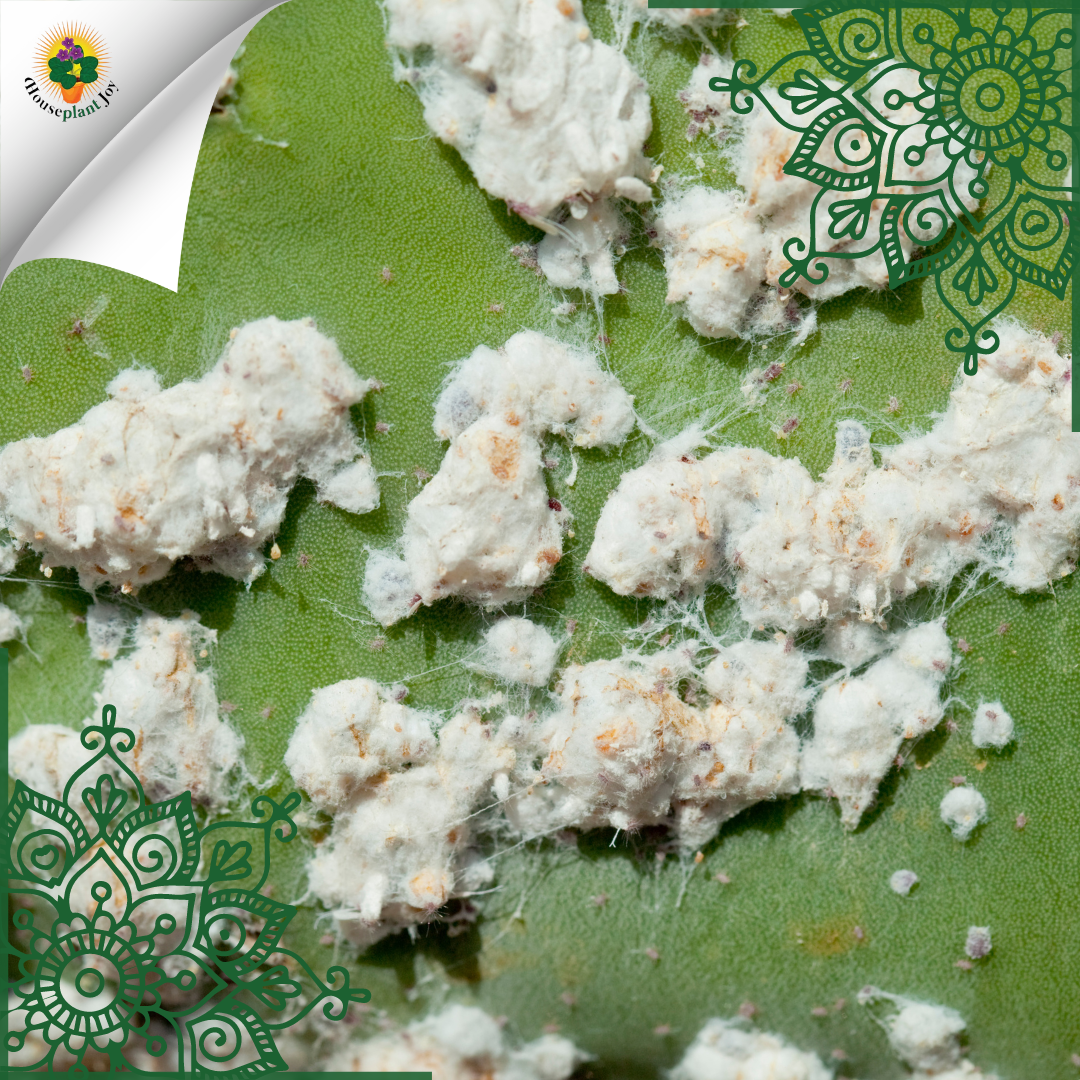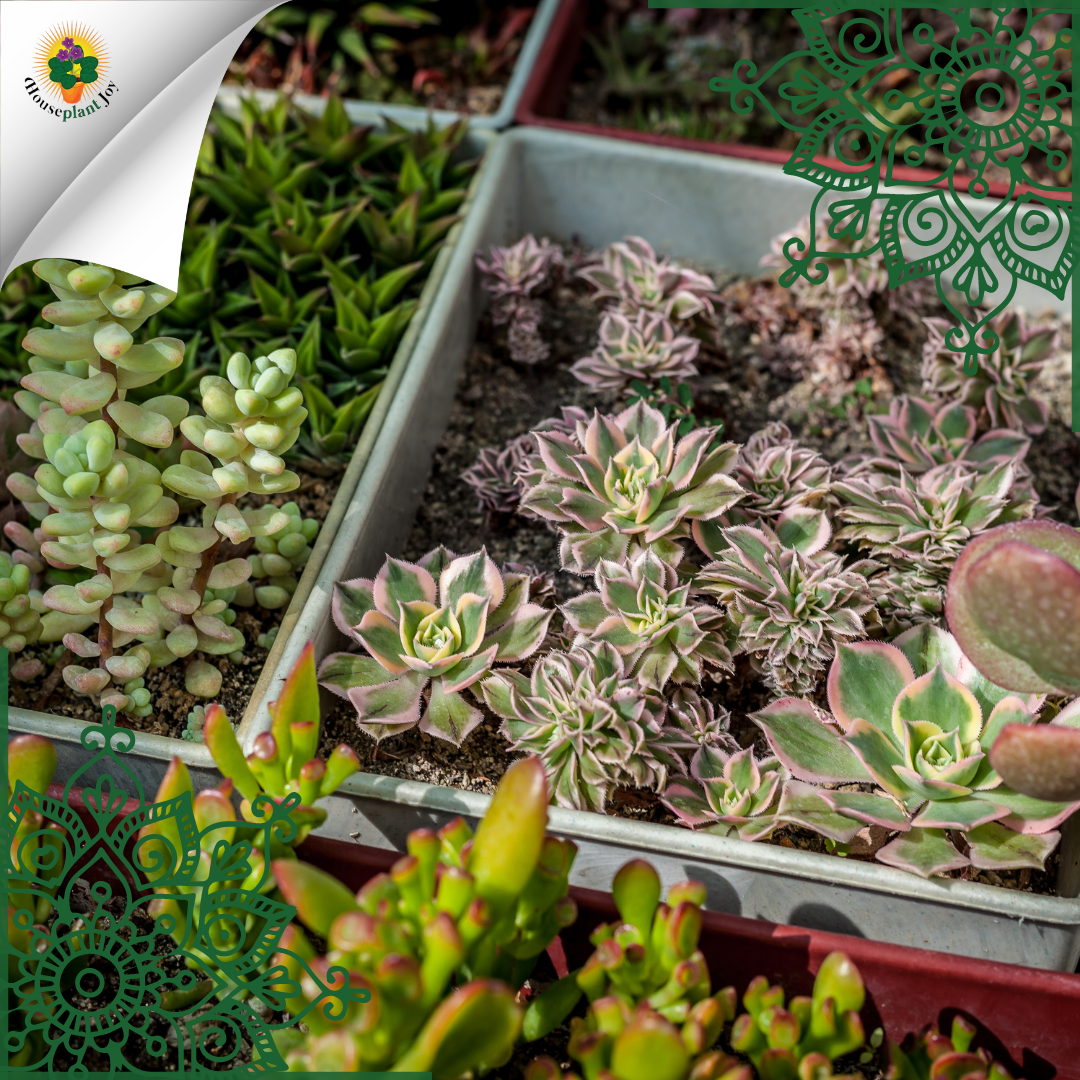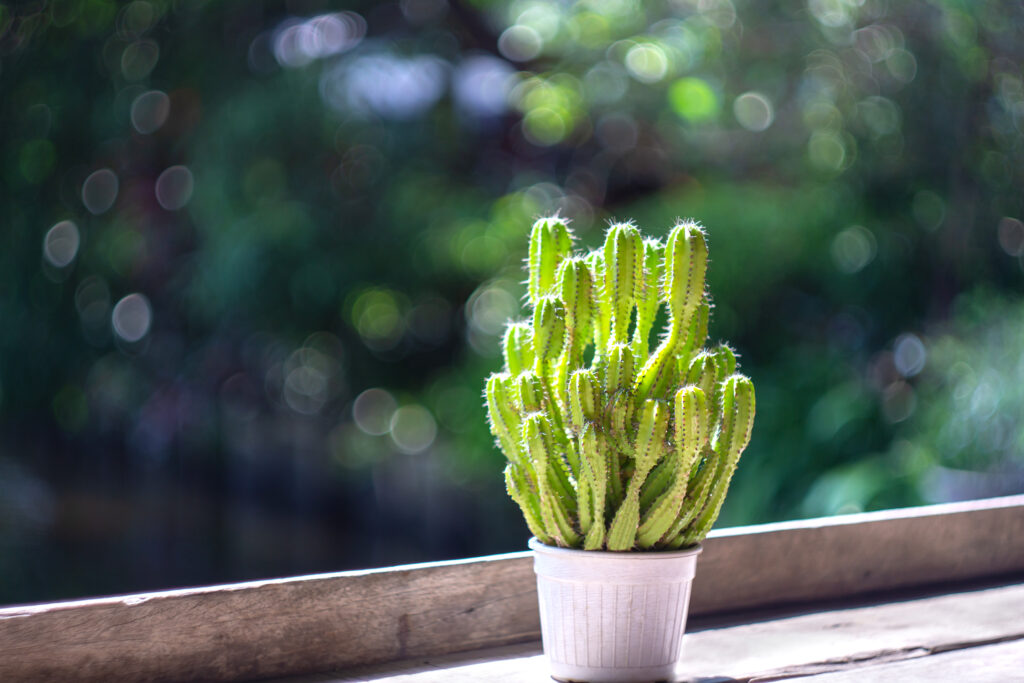HousePlantJoy is supported by our audience. When you purchase through one of our links, we may earn a small affiliate commission. As an Amazon Associate I earn from qualifying purchases. Your cost is not affected.
==================
Ever wandered into the mesmerizing world of tall cactus houseplants? Picture this: you’re surrounded by these towering wonders, each boasting its own unique charm and resilience. Join me on a journey as we uncover these botanical giants, ready to infuse your indoor space with an irresistible exotic vibe. From the majestic Saguaro to the graceful Blue Myrtle, let’s dive into my firsthand experience of how these natural sculptures can utterly transform your home decor.
9 Tall Cactus Houseplants: Towering Beauties for Your Home Decor
Cacti are renowned for their striking forms and remarkable resilience. These characteristics make them ideal as focal points in home decor. While often associated with arid deserts, many cacti thrive indoors. They reach impressive heights that can transform an ordinary space into a dramatic desert landscape.
Tall cactus houseplants are not just visually impactful; they offer an array of benefits. These include low maintenance requirements, adaptability to various light conditions, and the ability to improve indoor air quality. Among the diverse selection of tall cactus varieties suitable for indoor cultivation, certain species stand out for their sculptural beauty and ease of care.
These include the towering Euphorbia ingens, known for its candelabra-like structure, as well as the Blue Myrtle Cactus, which features a striking blue-grey coloration.These large cacti provide an exotic touch to any room, demanding attention with their monumental presence and intricate forms.
Enthusiasts and newcomers to the world of cacti alike will find tall cactus plants to be a rewarding addition to their indoor plant collection.With their natural tolerance for drought and preference for bright light, cultivating these giants is a straightforward endeavor. It brings a piece of the desert’s timeless allure into the home.
Whether one chooses the popular Prickly Pear Cactus with its wide-spreading pads or opts for the towering heights of Euphorbia baioensis, these statuesque plants are sure to elevate the aesthetic of any living space.
Choosing the Right Cactus
When selecting tall cactus houseplants, one needs to consider the available space, lighting conditions, and visual aesthetic desired. Every species has unique traits and care requirements.
Saguaro Cactus (Carnegiea Gigantea)
The Saguaro is iconic for its towering presence, often reaching heights of over 40 feet. Suitable for large spaces, it thrives in bright light.
Mexican Giant Cardon Cactus (Pachycereus Pringlei)
This giant cactus can exceed 60 feet and is known for its imposing, tree-like structure. It demands full sun and ample room to grow.
Blue Myrtle Cactus (Myrtillocactus Geometrizans)
Growing up to 16 feet, the Blue Myrtle Cactus has a characteristic blue-grey hue and requires direct sunlight to maintain its vibrant color.
Golden Barrel Cactus (Echinocactus Grusonii)
The Golden Barrel makes a bold statement with its spherical form and can reach up to 3 feet in height. Bright, indirect light is optimal.
Old Man Cactus (Cephalocereus Senilis)
Characterized by its long, white hairs that resemble an old man’s beard, this cactus prefers bright light and adds texture to any collection.
Organ Pipe Cactus (Stenocereus Thurberi)
Resembling the pipes of an organ, this species appreciates full sunlight and can provide a dramatic vertical element to the landscape.
Candelabra Cactus (Euphorbia Lactea)
Not a true cactus but often grouped with them, the Candelabra has a unique silhouette and thrives in bright light with minimal water.
Blue Columnar Cactus (Pilosocereus Pachycladus)
Its stark blue pillars are eye-catching in any setting, necessitating high light levels to maintain its distinctive coloration.
Crested Saguaro Cactus (Carnegiea Gigantea F. Cristata)
A rarity, the Crested Saguaro features a fascinating fan-shaped crest and needs conditions similar to the standard Saguaro to prosper.
Caring for Your Cactus
Proper care maximizes the health and growth of tall cactus houseplants. Each aspect from watering to temperature control is critical for their sustainability.
Watering Schedule
Cacti thrive on a less is more approach to watering. During the active growing seasons of spring and summer, they need watering once the soil completely dries out, typically every 7-10 days.
In the cooler months, reduce the frequency to once every 3-4 weeks as the plants enter dormancy.
Ideal Soil Mix
The best soil for cacti is a gritty, well-draining mix. It should consist of:
- 60% regular potting soil
- 40% coarse sand or perlite
This mixture prevents moisture retention that can lead to root rot.
Sunlight Requirements
These houseplants need at least six hours of direct sunlight daily. Place them near a south-facing window where they can receive ample light without being shaded by other objects.
Temperature and Humidity
Cacti prefer temperatures ranging from 70°F to 100°F during the day, with a 10-15°F drop at night.
They are more tolerant of dry air but will need a humidity level of 10-30%. Avoid placing them in drafty areas or near appliances that generate heat or moisture.
Placement and Potting
Selecting the appropriate pot and finding the best location within the home are essential for the well-being of tall cactus houseplants. They require a combination of proper pot selection for healthy root growth and strategic placement to ensure adequate light exposure.
Pot Selection
For tall cacti, the pot selection is crucial. They need pots that both accommodate their height and support their stability.
Drainage is paramount; a pot with holes at the bottom is non-negotiable to prevent waterlogging.
The pot material should be breathable, like terracotta or unglazed ceramic, which helps to evaporate excess moisture quickly.
Size-wise, one should opt for a pot that is about 0.5 inches larger than the plant’s base to allow for growth. Ensure the pot is not too deep to match a cactus’s typically shallow root system.
- Materials: Terracotta or unglazed ceramic
- Size: 0.5 inches larger than the cactus base
- Drainage: Must have holes
Best Indoor Locations
When it comes to positioning, southern windows offer the most consistent light for indoor cacti, making them the optimal location for these sun-loving plants.
If a southern window isn’t available, the next best options are eastern or western windows.
Tall cactus houseplants should receive at least six hours of direct sunlight daily to mimic their natural desert environment.
It’s important to keep them away from drafty areas and to rotate them periodically to ensure even growth.
- Optimal Light Source: Southern windows
- Alternative Light Sources: Eastern or western windows
- Daily Light Requirement: Minimum of six hours of direct sunlight
Growth Management
Managing the growth of tall cactus houseplants involves specific practices to ensure healthy development and structural integrity. These practices include appropriate pruning, handling offshoots, and determining repotting frequency.
Pruning Techniques
Pruning is occasionally necessary for maintaining shape and removing damaged sections.
For columnar cacti like the blue myrtle cactus, one should only prune the dead or diseased parts to prevent infections.
Use clean, sharp tools and make cuts at a slight angle to encourage healing.
Handling Offshoots
Offshoots, also known as pups, can be carefully removed to encourage more growth in the main plant.
One example is the Mexican fence post cactus, which may produce offshoots that can be propagated.
When removing offshoots, wait until they are a few inches tall and use a sterile knife or scissors to detach them from the parent plant.
Repotting Frequency
Cacti generally require repotting every two to four years, depending on their growth rate.
Tall cacti, such as the Echinopsis atacamensis, can outgrow their pots more quickly.
Signs a cactus needs repotting include roots emerging from drainage holes or a top-heavy plant that tips over easily.
Always repot to a container only one size larger to prevent overwatering issues.
Pest Prevention and Problems
When cultivating tall cactus houseplants, it’s crucial to be vigilant about pest prevention and prompt in addressing any problems. These plants can be susceptible to specific pests and diseases, impacting their health and growth.
Common Pests
Tall cacti are often targeted by mealybugs and scale insects.
Mealybugs appear as small, white, cottony masses on the plants, while scale insects are seen as tiny, brown, dome-shaped bumps on stems and leaves.
These pests can cause stunted growth and the yellowing of leaves when they feed on the plant’s sap.
- Mealybugs: These pests can often be dislodged with strong jets of water or treated with isopropyl rubbing alcohol, which is effective when applied directly with a cotton swab.
- Scale Insects: Scale can be tough to eliminate and may require targeted approaches, such as using a horticultural oil or alcohol-soaked swabs for removal.
For more details on identifying and controlling these pests, visit Gardener’s Path.
Disease Prevention
Diseases in tall cactus plants are typically the result of overwatering leading to bacterial and fungal infections.
Good practices for disease prevention include:
- Ensuring proper drainage to prevent waterlogged soil
- Avoiding excessive moisture on leaves and stems
- Isolating infected plants to prevent spread to healthy ones
As a preventative measure, you can use neem oil mixed with water as a natural fungicide to deter pests and potential diseases.
Treatment Options
Here are some pest and disease treatment options:
- Natural Insecticides: Neem oil or insecticidal soap can be sprayed on affected areas to control pests.
- Systemic Insecticides: These chemicals are absorbed by the plant’s system, protecting it from pests from within.
For diseases, removal of the infected plant parts is often necessary, followed by sanitizing the tools used. CactusWay’s Ultimate Guide is one site that can help you find thorough treatment solutions.
Propagation Methods
Propagation of tall cactus houseplants can be achieved through two main methods: growing from seeds or using cuttings. Each method has distinct steps and requirements for successful plant growth.
Seed Propagation
Seeds represent the start of life for many plants, including tall cacti.
To begin, one must acquire viable cactus seeds which can be sown in a well-draining soil mix.
The soil should be kept consistently moist and in a warm environment to encourage germination.
Careful monitoring is necessary as seeds can take anywhere from a few weeks to several months to sprout, depending on the species. Patience is key in this method.
Cutting Propagation
Cuttings are commonly used to propagate tall cacti due to the ease and speed of the process. A healthy stem should be selected and cut with a sterile, sharp knife.
The cutting needs to be allowed to dry and callus over a period of days to prevent rot when planted. Once callused, the cutting can be placed in a suitable potting mix and positioned in a bright, indirect light setting.
Rooting typically takes place within a few weeks, but this can vary by species.
Benefits of Indoor Cacti
Indoor cacti offer several advantages that make them a popular choice for home and office environments. They are known for their low maintenance requirements, which is ideal for individuals with busy lifestyles or those less experienced in plant care.
Cacti need minimal watering due to their natural adaptation to arid environments. This efficiency in water use reduces the frequency of watering compared to other houseplants.
Air Quality Improvement is another significant benefit. Cacti, like other indoor plants, can play a role in purifying the air. They absorb carbon dioxide and release oxygen, enhancing the overall air quality in indoor spaces.
Furthermore, they can help to reduce airborne dust levels, which contributes to a cleaner living environment.
A cacti’s unique appearance can also have a psychological impact. They bring a piece of nature indoors, which can be calming and help to reduce stress levels.
Their distinct forms and textures add architectural interest and a touch of exotic allure to any room.
For enthusiasts of feng shui, cacti can be positioned to enhance the energy flow in a space. However, it is important to choose their location wisely, as some beliefs associate cacti with negative energy when placed incorrectly.
Finally, these resilient plants can be a source of inspiration. They teach the beauty of thriving in challenging conditions and inspire people to adapt and persist, much like the cacti themselves.
| Benefit | Description |
|---|---|
| Easy Care | Requires minimal watering and maintenance. |
| Air Purification | Absorbs CO2 and releases oxygen; can reduce dust levels. |
| Aesthetic Appeal | Unique, structural appearance; enhances room decor. |
| Stress Reduction | Presence can have a calming effect, reducing stress. |
| Symbolic | Can symbolize persistence and resilience; used in feng shui. |
Popular Varieties and Their Features
When discussing tall cactus houseplants, several varieties stand out due to their distinctive features and adaptability to indoor environments. Below is a rundown of some popular types:
Saguaro Cactus (Carnegiea gigantea)
- Height: Can grow up to 40-60 feet in the wild, shorter indoors
- Features: Iconic columnar shape, slow-growing, long lifespan
- Best for: Those looking for a dramatic desert statement and can commit to a slowly maturing houseplant
Candelabra Cactus (Euphorbia lactea compacta)
- Height: Up to 15 feet in natural habitat, 10 feet indoors
- Features: Tree-like structure, branching pattern reminiscent of a candelabra
- Ideal for: Enthusiasts seeking a sculptural addition to their indoor space
Desert Candle Cactus (Euphorbia acrurensis)
- Height: Up to 8 feet indoors
- Features: Tall, smooth stems lined with short, rigid thorns
- Suitable for: Those who prefer a minimalist appearance with an edge
Blue Myrtle Cactus (Myrtillocactus geometrizans)
- Height: Up to 15 feet, though typically shorter as a houseplant
- Features: Blue-grey stems, prominent white ribs, candelabra-like growth
- Recommended for: Aficionados of unique coloration in their cacti collection
Euphorbia baioensis
- Height: 3-7 feet indoors
- Features: Native to Kenya, canary yellow flowers in spring to summer
- Perfect for: Lovers of flowering cacti who desire height without overwhelming space
Tall Cactus Houseplants: Exploring the Enchanting Realm
Delving into the mesmerizing world of tall cactus houseplants offers not only a visual spectacle but also a journey into the realm of resilience and natural beauty.
From the iconic Saguaro to the elegant Blue Myrtle, each species brings its own charm and character to indoor spaces, transforming them into captivating desert landscapes.
With their low maintenance requirements and ability to thrive in diverse environments, tall cacti are not just decorative additions but also symbolic reminders of adaptability and perseverance.
Whether you’re a seasoned enthusiast or a newcomer to the world of indoor gardening, cultivating these botanical giants is a rewarding endeavor that promises to infuse your home with an irresistible exotic vibe and timeless allure.
So why not embark on this botanical adventure and let the towering beauties of tall cactus houseplants elevate your home decor to new heights?
Frequently Asked Questions
This section addresses common inquiries regarding the care and selection of tall cacti for indoor spaces, with a focus on achieving substantial height and maintaining health.
What are the ideal conditions for growing tall cacti indoors?
Tall cacti require plenty of sunlight, often necessitating placement in a south-facing window where they can receive several hours of direct light daily. Consistent temperatures and low humidity levels emulate their native desert climates, fostering optimal growth.
How does one care for a large indoor cactus plant?
Caring for a large indoor cactus involves infrequent watering, allowing the soil to dry out completely between sessions. Adequate drainage is critical to prevent root rot. Gentle dusting is recommended to ensure the plant can fully access light.
Which types of cacti are best suited for indoor environments where height is desired?
The Cereus genus is well-suited for indoor growth due to its potential for height and sculptural forms. Varieties such as the Peruvian Apple cactus offer both vertical appeal and easy maintenance for indoor conditions.
Are there specific types of cacti that can reach heights of 6 feet or more inside?
Yes, the Mexican Giant Cardon and the African Milk Tree are examples of cacti that can achieve heights of 6 feet or more indoors, provided they are given adequate care and time to mature.
What are common limitations to the growth of cacti when cultivated indoors?
Indoor environments often struggle to provide the intense light and heat that cacti thrive in naturally. This can limit their growth. Space constraints and insufficient pot size can also restrict the size a cactus can reach when grown indoors.
Dive Into the Green Oasis: Connect With Us for All Your Houseplant Delights!
Join our vibrant community across social media platforms for green inspiration, helpful tips, and captivating content!
Facebook: HouseplantJoyBlog – Engage with fellow plant lovers, share experiences, and stay updated with indoor gardening trends.
Instagram: houseplantjoy20 – Feast your eyes on stunning plant photography and get inspired to curate your indoor jungle.
Pinterest: houseplantjoy – Find endless inspiration for styling, DIY projects, and plant care tips.
Twitter: houseplantjoy – Stay in the loop with real-time updates, plant trivia, and engaging conversations.
YouTube: houseplantjoy – Dive into in-depth plant care guides, product reviews, and captivating vlogs.
TikTok: houseplantjoy – Experience bite-sized plant tips and entertaining challenges.
Follow us and discover the joy of houseplants!


